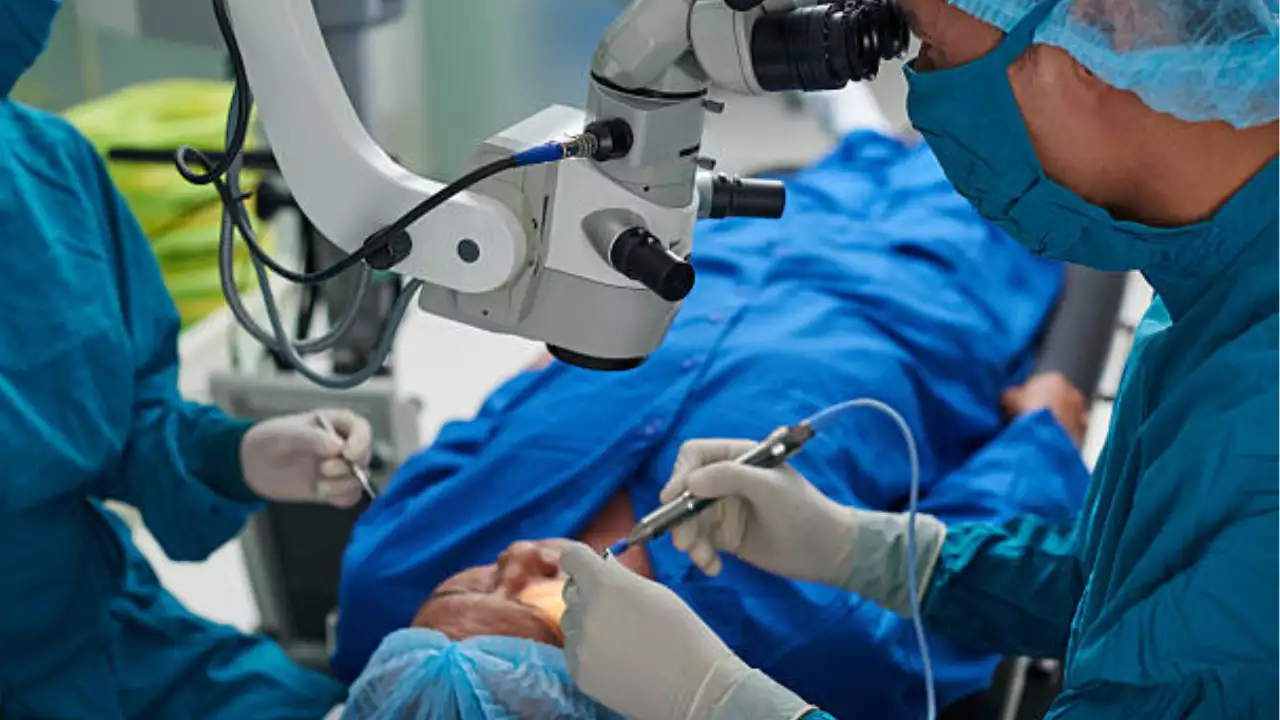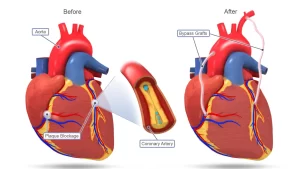
The Evolution of Surgical Techniques – From Ancient Times to Modern Innovation
In ancient times, surgery was a hazardous profession. Insufficient anesthesia and poor sanitary conditions made it almost impossible to perform even the most minor surgical procedures.
However, as time passed, surgeons continued to make breakthroughs in their field. These included anesthesia (such as ether and later nitrous oxide) and antiseptic techniques.
Ancient Times
Surgical innovations have a long history. Rough trephines for performing round craniotomies on skulls have been found in neolithic sites and surgeons have always sought better instruments.
The 18th and 19th centuries brought a period of advancement in surgical tools. During this time, surgeons began sterilizing their clothes and hands, as well as their surgical instruments, in order to prevent infections.
Surgeons also developed forceps that have fine tips for more precise manipulation during operations. These innovations fall under the category of expanding periods, because they significantly alter patient care. The next type of innovation is a refining innovation, which improves the existing technology and only slightly enhances patient care.
Middle Ages
During the middle ages, several new surgical instruments were invented. Some of these include trephines, forceps and needles.
Nevertheless, surgical procedure remained dangerous and painful for patients, who had to face the risk of infection without anesthesia. This was mainly due to the lack of knowledge of microorganisms.
Guglielmo’s and Rolando’s texts are evidence that surgery was starting to lose its craft associations and be inserted into university teaching. However, it is questionable whether they were able to raise surgery’s academic status. They did, at least, make surgery a text-based discipline. They also introduced the ligature process, which entailed tying off blood vessels to stop bleeding.
Renaissance
The 16th Century ushered in a new wave of surgical firsts. One such event saw the first skull trephination, and another involved removing a knife swallowed by a peasant knife-swallower during a public show in Prague.
This period also witnessed the advancement of surgery and anatomy thanks to figures such as Leonardo da Vinci and Andreas Vesalius. Pare’s ligatures replaced cauterisation as the preferred method for sealing wounds, and the new industrial chemistry of the period was used by Simpson to make surgery painless and by Lister to develop antiseptic.
These advances reduced the risk of postoperative infections and allowed surgeons to undertake more complex procedures.
19th Century
The 19th century was marked by advances that radically changed surgical practice. These changes were driven by scientific advancements, war, and innovation.
The first major breakthrough came when surgeons started using anesthesia. This made it possible to perform surgery without pain, and it allowed surgeons to perform more complex operations.
A French army surgeon named Ambrose Pare also greatly improved surgery techniques. He discovered that ligating (tying off) bleeding vessels instead of cauterizing them shut with boiling oil stopped blood loss much more effectively in wounded soldiers. This advance revolutionized military surgery and led to a dramatic reduction in deaths on the battlefield.
20th Century
The twin emergence of anesthesia and antiseptics forever changed the prospects for surgical procedures. Before these advancements, the prospect of surgery was a frightening one for patients. Painful and risky, it was often performed in unsanitary conditions with rudimentary tools.
16th Century: Andreas Vesalius, professor of anatomy in Padua, shifted anatomical knowledge away from the theories of Galen and toward an empirical approach to hands-on dissection of human cadavers. He was a catalyst for the transition of classical medicine to Renaissance surgery.
French microbiologist Louis Pasteur developed understanding of bacteria and their role in infectious diseases, and British surgeon Joseph Lister introduced the practice of aseptic surgery using carbon acid. This led to a dramatic drop in mortality rates for surgical patients.
21st Century
Surgical procedures are now much more precise thanks to technologies like magnetic resonance imaging (MRI) and computed tomography (CT). In addition, minimally invasive surgery (MIS) reduces the trauma of operations, shortens hospital stays and speeds up recovery times.
In the 1800s, surgeon Joseph Lister developed antiseptic techniques, based on his belief that microorganisms cause disease. His methods were revolutionary, as they allowed doctors to perform lengthy operations without the fear of infection. This increased surgeon capabilities and allowed them to do things such as set broken bones instead of simply amputating the injured area. He also designed latex medical gloves that could be dipped in carbolic acid to sterilize them.



Average Rating